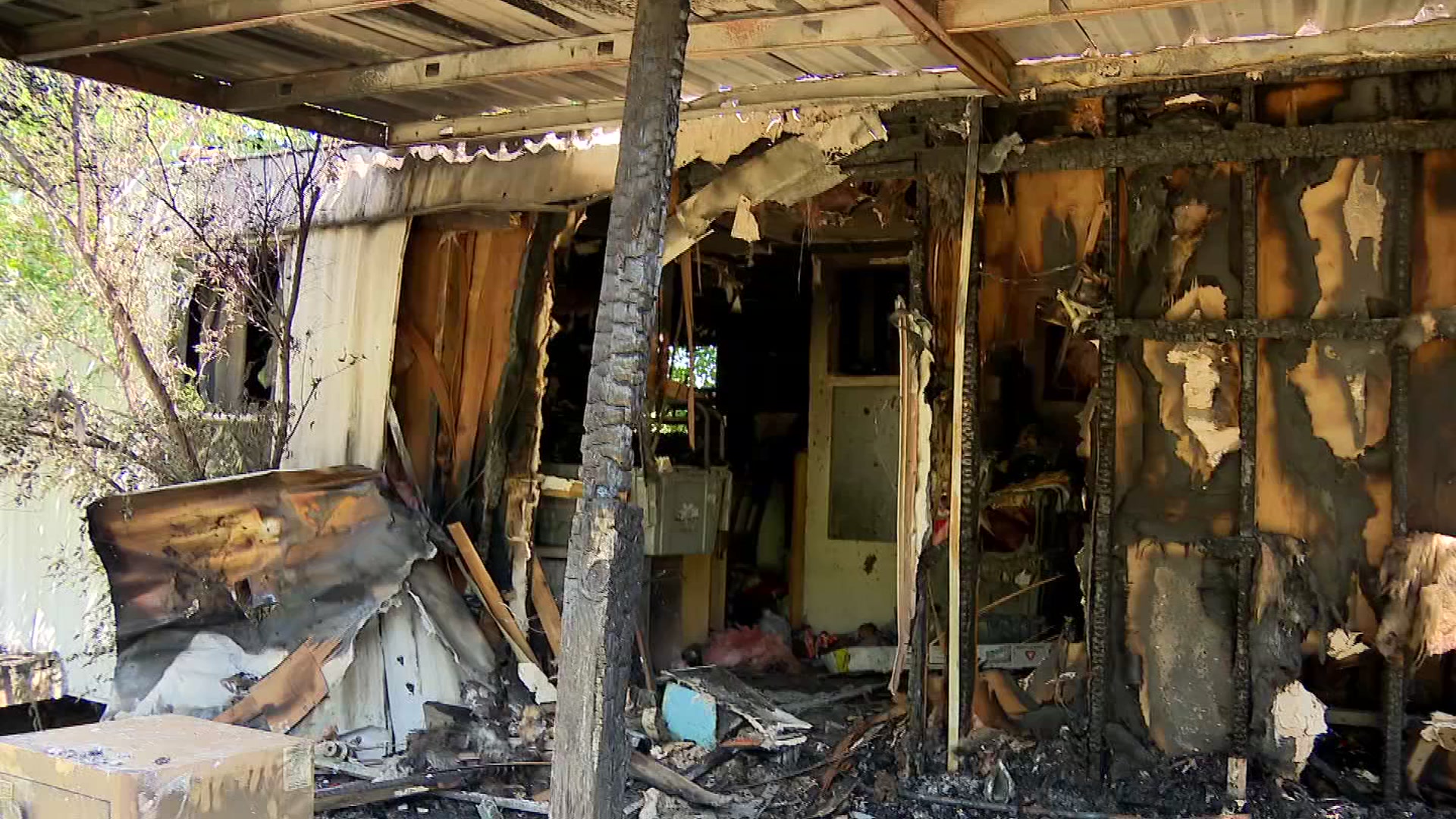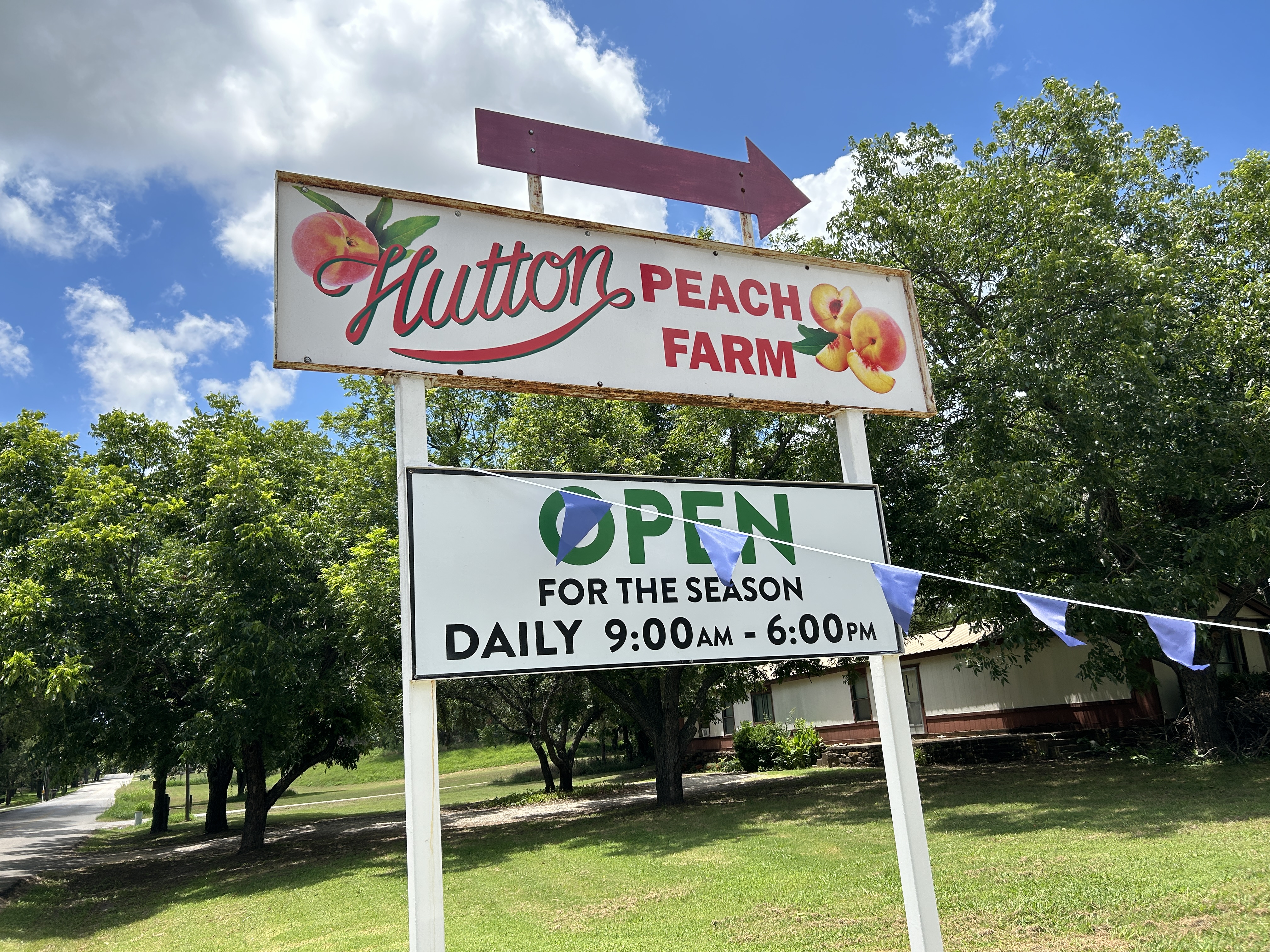There is an international plea for help in solving a nearly 30-year-old murder case out of Plano.
The cold case is especially unusual because police have yet to positively identify the victim whose body was found in a field several months after being shot and killed inside a house under construction.
Plano police are sharing a composite sketch of the murder victim created in 1996 and a photograph of a Fort Worth painter who worked in Plano and vanished around the same time.
Martin Trevino bears a striking resemblance to the man in the sketch, but a lack of information about the Mexican immigrant’s life has made positively identifying him impossible.
Get DFW local news, weather forecasts and entertainment stories to your inbox. Sign up for NBC DFW newsletters.
Detectives are trying to reach any potential family members in Mexico while looking to the latest in DNA technology hoping to find the victim’s killer and solve the case.

“Not being able to call them by their name is tough. They deserve to have their name spoken,” said Aaron Benzick, Plano PD Detective. “They’re a victim of homicide and it’s our job as detectives to give them a voice and speak for them and that’s challenging when I can’t even say their name.”
Local
The latest news from around North Texas.
The investigation began in January 1997 when the Collin County Sheriff’s Office responded to a body found in a field on what was County Road 111 in an unincorporated part of Collin County.
The area is now the access road to State Highway 121 at Independence Parkway.
“Based on their investigation, they were able to identify a new home under construction in the Ridgeview Ranch neighborhood and evidence found inside that location was consistent with the victim and they were able to confirm the murder did happen in that house,” said Benzick.
The murder, police believe, happened in the Plano home under construction in October 1996.
The detective is not able to share details about what was found that ties both locations to the same crime, as the case is still under investigation.
The victim, he says, was a painter based on evidence collected at the time.
DNA technology was still lagging in the 1990s, said Benzick, making it difficult for investigators to solve the murder.
There is renewed hope that between new leads and the latest in technology, investigators will be able to test items found at both scenes previously deemed too small to pull DNA from.
“It’s troubling the case is unsolved but some of the good news is the advances in technology with DNA, forensic testing, genealogy, things of that kind that really help us where in the past we haven’t really been able to get,” he said. “In the past, you’d be able to do direct DNA comparisons in the late 90s but there really wasn’t the resources to expand that to ancestry and genealogy and things like that.”
When it comes to whether the victim is Martin Trevino, Benzick says they have little to no information about him including his date of birth, place of birth and if he has family in Mexico.
There is a possibility Trevino is from Reynosa, Tamaulipas, a Mexican city across the border from McAllen, Texas, according to Benzick.
“Is Martin our murdered victim or is Martin just a separate case who’s a missing person that is also important,” said Benzick. “We have two cases that may be the same, maybe separate and we’re hoping that some advances in technology and reaching out to the community may help us.”

It is confirmation Maria Herrera of Fort Worth says she’s long felt after seeing the composite sketch.
“Just seeing his eyes like that, his hair. I just in my heart I feel that it is,” she said.
She says her family of painters in Fort Worth took in Trevino in the 90s and they quickly became friends.
“He was always happy. When he was painting, he had his music, he was singing along with the music,” said Herrera. “He had a really good heart. He was not harmful to anybody. He was a loner, but he also had a big heart and he was happy when he was around us.”
Herrera says Trevino was reserved and did not share much about his origins, only saying he came to the U.S. to work and send money back to his family in Mexico.
If DNA testing confirms her long-held belief, Herrera wants to know, “Why? Who? Nobody deserves this. He didn’t.”
The woman whose family welcomed in a young migrant in the 90s says she is proud to be his voice today.
“Yeah, I want to be his voice,” she said. “I pray that justice is served for him.”
Crime Stoppers will pay up to $5,000 for information called into Crime Stoppers at 214-373-TIPS that leads to the arrest and indictment in this case.
Anyone with information related to this case is urged to call PPD’s tip line at 972-941-2148 or Det. Aaron Benzick at aaronb@plano.gov.




